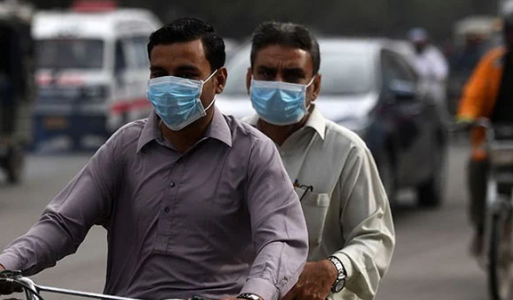A viral outbreak has spread rapidly across Punjab, with reports suggesting its presence in other regions of Pakistan. Meanwhile, Karachi is experiencing a surge in H1N1 influenza (swine flu) cases, prompting health officials to issue urgent warnings. The increasing number of infections has raised serious concerns among medical experts and the public.
Distinct Symptoms of the Punjab Viral Illness
The viral infection in Punjab is different from seasonal flu, characterized by:
✅ Sudden onset of symptoms
✅ High-grade fever (101–103°F) lasting 1–2 days
✅ Persistent cough that lingers long after the fever subsides
✅ Body aches, headaches, runny nose, and diarrhea (in some cases)
Doctors believe the prolonged cough is a post-infectious cough syndrome, which is common after viral infections.
READ MORE: Earth Future: Supercontinent Could Drive Mammals to Extinction
Medical Advisory: Avoid Antibiotics for Viral Infections
🚫 Antibiotics are ineffective against viral infections and should not be used.
💊 Doctors recommend supportive treatments such as:
- Nebulization, antihistamines, expectorants, and steam inhalation
- Staying hydrated and getting proper rest
- Over-the-counter medications for fever and pain relief
⚠ When to Seek Urgent Medical Care:
- Fever lasting more than 7 days
- Severe breathing difficulties or chest pain
- Symptoms worsening after initial improvement (possible secondary bacterial infection)
H1N1 Influenza Surge in Karachi
In Karachi, health officials have confirmed a significant rise in flu cases, identifying H1N1 influenza (swine flu) as the primary cause. The outbreak is described as more aggressive than usual, with entire families getting infected.
Government Response and Preventive Measures
🏥 The Sindh Health Department has issued an official alert, directing:
✔ Hospitals to report all suspected and confirmed cases immediately
✔ Strict infection control measures in public healthcare facilities
✔ Distribution of PPE kits to medical staff
✔ Public awareness campaigns on flu prevention
Global Impact and Vaccine Coverage
Experts attribute the higher infection rate and stronger symptoms this year to:
📉 Low vaccine coverage
🦠 Natural shifts in the virus strain
Key Takeaways
✔ Doctors must focus on evidence-based treatment and avoid unnecessary antibiotics
✔ Individuals should practice prevention, seek timely medical care, and trust healthcare guidance
✔ Preventive measures like wearing masks, social distancing, and vaccination can reduce the spread
By raising awareness and following responsible medical practices, Pakistan can manage these outbreaks and prevent further public health crises in the coming weeks.


